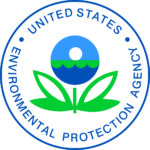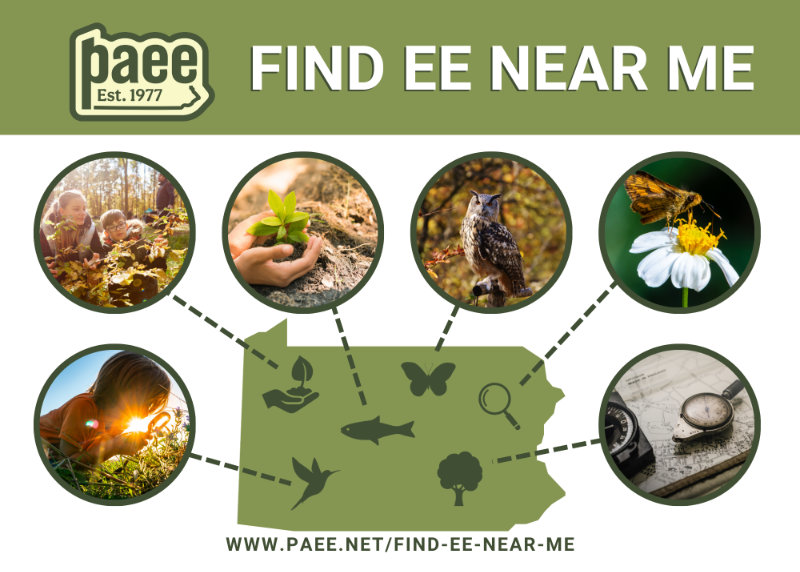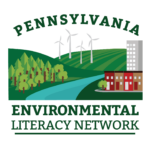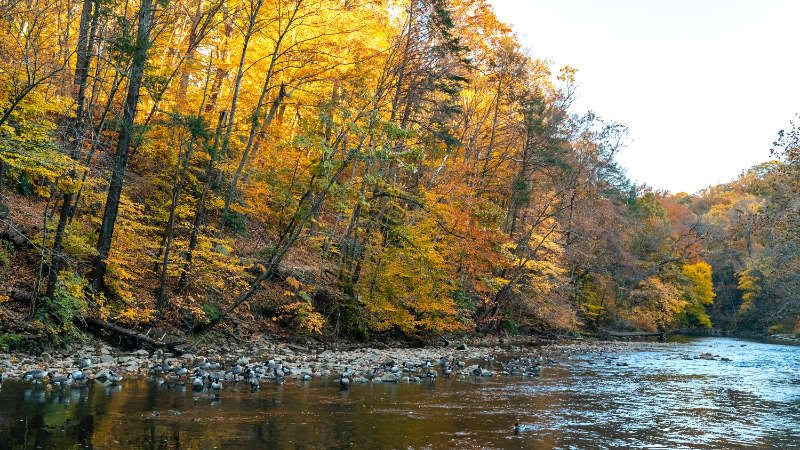
Pennsylvania Streams Have Stories to Tell
One excellent way to approach environmental education, learn about Pennsylvania’s environmental issues, and increase environmental literacy is to consider the environmental and human impacts at a system level.
Pennsylvania’s streams have quite the story to tell in system-level education — a story of wildlife that lives along muddy banks or hides in quiet pools, as well as a story of the peoples who make their home in its basin, quench their thirst from its waters, harness its power, irrigate crops, or enjoy it for recreation.
Pennsylvania boasts more miles of streams than almost any other state, an estimated 86,000 stream and river miles.
Pennsylvania’s vast network of streams provides a wonderful, place-based educational resource while also building a sense of stewardship and creating positive partnerships for schools and communities. These streams also act as a conveyor belt of water and energy as they drain from the water’s source — a spring, pond, lake, snowmelt, or rainwater — into a single larger body of water, such as a larger river, lake, estuary, bay, or ocean.
Everyone Lives in a Watershed
The area of land over which all water drains downhill through a series of streams and rivers into a common outlet is a watershed. Using watersheds as an ecosystem context for learning, educators can create meaningful, place-based experiences relevant to every student.
Everyone lives in a watershed. Whether you live or learn along a stream, on a family farm, in an upland forest, in an urban cityscape, or in a suburban cul-de-sac, water flows downhill on the surface of the earth and infiltrates into the groundwater that supplies nearby streams and drinking water.
The choices everyone makes about their water use and land use impact the health of humans and the environment alike in their local watershed and all watersheds downstream.
Explore Pennsylvania’s Major River Basins and Watersheds
Pennsylvania contains five major river basins, or Pennsylvania’s largest watershed boundaries.
- Ohio River Basin.
- Susquehanna River Basin (contains the Chesapeake Bay Watershed).
- Delaware River Basin.
- Great Lakes Basin (which contains the Lake Erie and Genesee watersheds).
- Potomac River Basin.
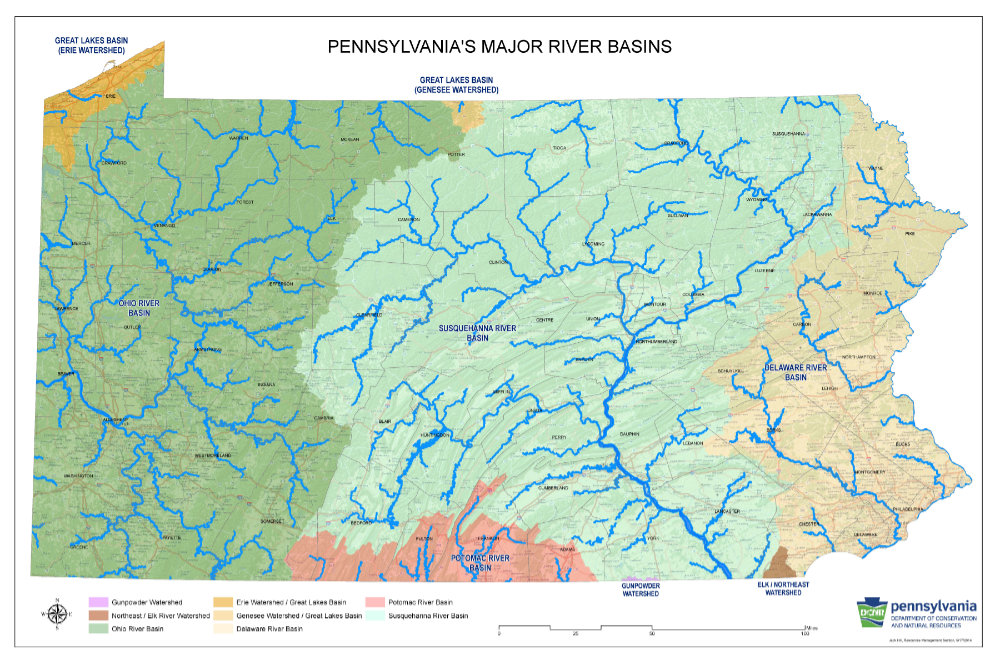

This map and other maps of watersheds and river basins are free to download from the Pennsylvania Department of Conservation and Natural Resources – Bureau of State Parks’ Watershed Education program resources website.
Learn About Pennsylvania’s Major Watershed Issues
Pennsylvania’s top 10 (2020) sources of impairment of streams are:
- Unknown sources.
- Agriculture.
- Acid mine drainage.
- Urban runoff/storm sewers.
- Habitat modification.
- Highway/road/bridge runoff.
- Grazing in riparian or shoreline zones.
- Rural residential areas.
- Crop production.
- Atmospheric deposition.
These and other sources cause issues with siltation, pathogens, metals, pH, nutrients, flow regime modification, unknown causes, habitat alterations, mercury, and organic enrichment.
View detailed information about historical and ongoing Pennsylvania Integrated Water Quality Monitoring and Assessment Reports in online StoryMaps from the Pennsylvania Department of Environmental Protection.
Watershed Education and the Meaningful Watershed Educational Experience (MWEE)
The MWEE framework is promoted across the Commonwealth by Pennsylvania by the Department of Education, Department of Environmental Protection, the Pennsylvania Environmental Literacy Network, and other organizations as the education approach of learner-centered experiences that focus on investigations into local environmental issues that lead to informed action and civic engagement.
A truly effective MWEE is place-based. It catapults students into environmental discovery, inquiry, and action in the story of their local community and watershed. Learn more about MWEEs.
